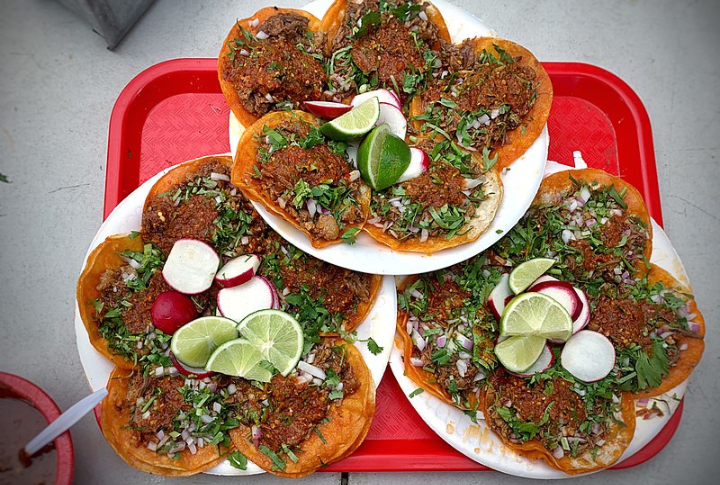
Innovation in the kitchen turns humble meals into global sensations. What was once survival food now graces the menus of top restaurants—these ten dishes transformed from necessity to luxury. They are evidence that ingenuity hoists even the simplest ingredients.
Bouillabaisse (France)
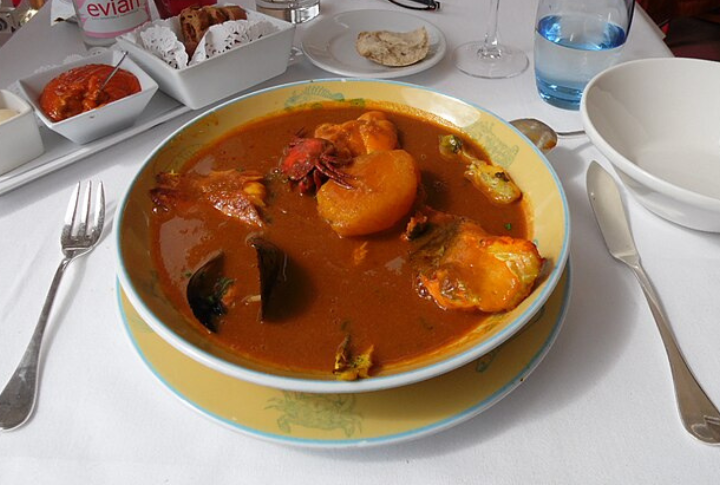
Originally a way for Marseille’s fishermen to make use of unwanted fish, bouillabaisse evolved into a rich and aromatic seafood stew. The fish is simmered slowly with herbs and spices, then served with crusty bread and rouille, a garlicky saffron sauce.
Haggis With Neeps And Tatties (Scotland)
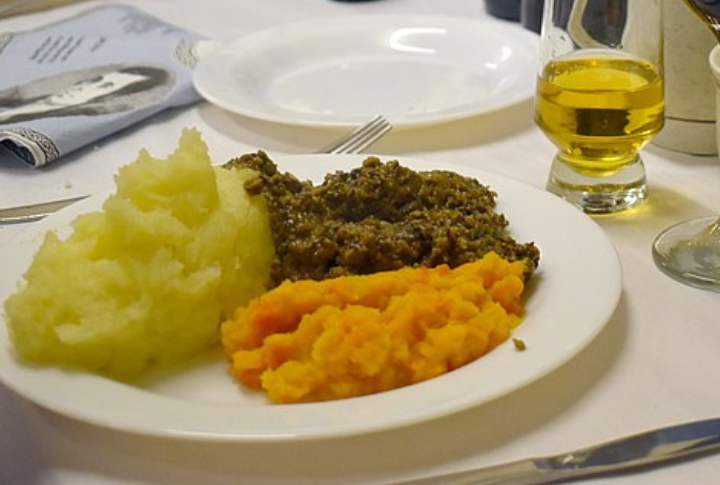
The spiced, earthy flavors contrast beautifully with the creamy sides, making it a national favorite. But do you know this dish was born from the necessity of using every part of the animal? Oh yes. Today, haggis is celebrated alongside mashed turnips (neeps) and potatoes (tatties).
Caviar On Blinis (Russia)

Caviar wasn’t always synonymous with luxury. Russian aristocrats popularized it by pairing it with champagne, but it was once handed out freely in taverns as a bar snack. Today, exclusive caviar tastings demand high prices, with chefs curating pairings that enhance its delicate, oceanic burst of flavor.
Sushi (Japan)

Previously exclusive to Japan, sushi is now embraced worldwide, adapting to regional tastes. American sushi rolls introduced avocado and spicy mayo, while Brazilian variations added tropical fruits. From traditional nigiri to fusion creations, sushi’s evolution knows no boundaries.
Lobster Bisque (France)
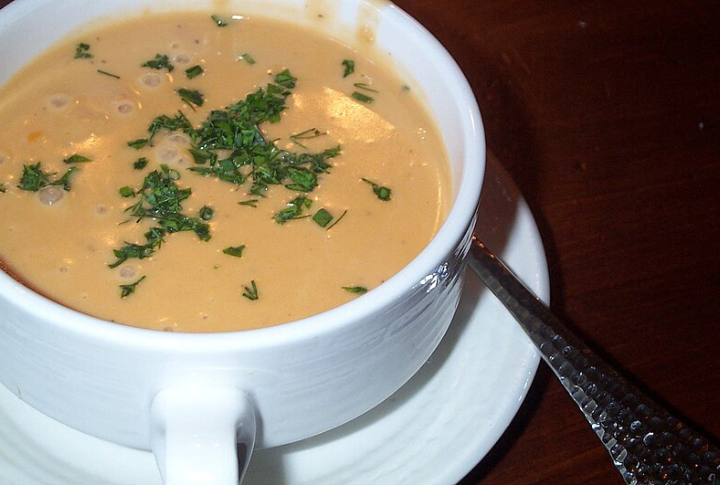
In colonial America, lobster was so common that it was served to prisoners. Over time, chefs transformed it into a luxurious bisque by blending lobster shells into a velvety, creamy soup, reducing and enriching the flavors for an elegant dining experience.
Oyster Stew (United States)
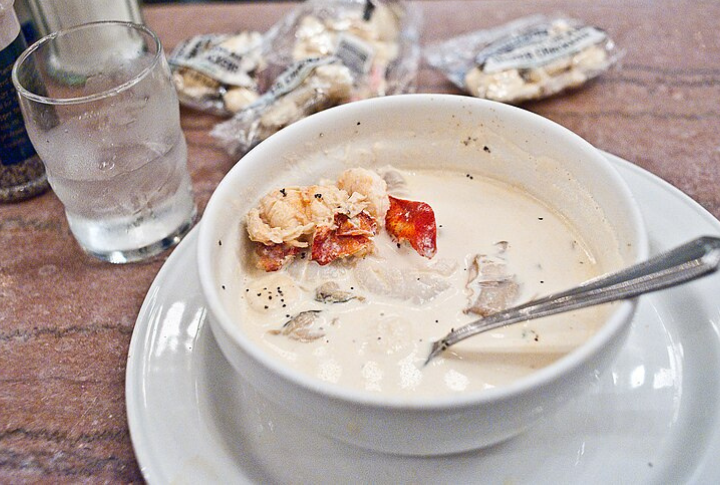
The oysters you enjoy today, the costly gourmet delight, was once a simple, hearty dish made with fresh oysters, milk, and butter. With modern aquaculture efforts restoring oyster populations, it has found its way onto gourmet menus.
Polenta With Braised Short Ribs (Italy)
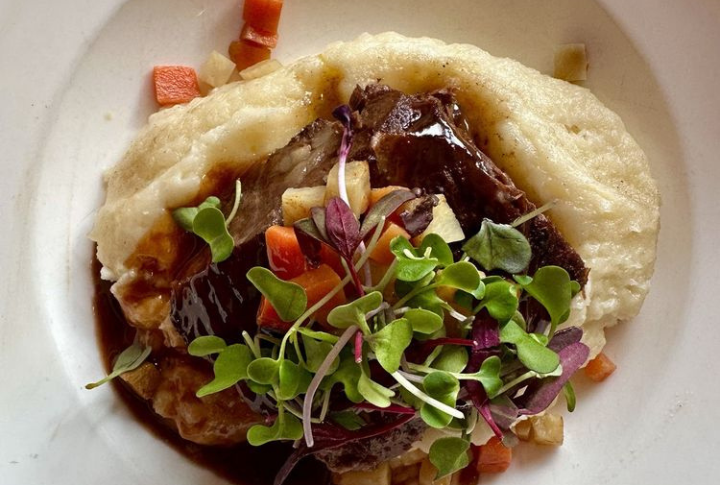
During times of hardship, Italian families relied on polenta’s affordability and versatility, often pairing it with foraged greens or simple cheese. Modern chefs boost their taste with rich, slow-braised meats and umami-packed reductions.
Tonkotsu Ramen (Japan)
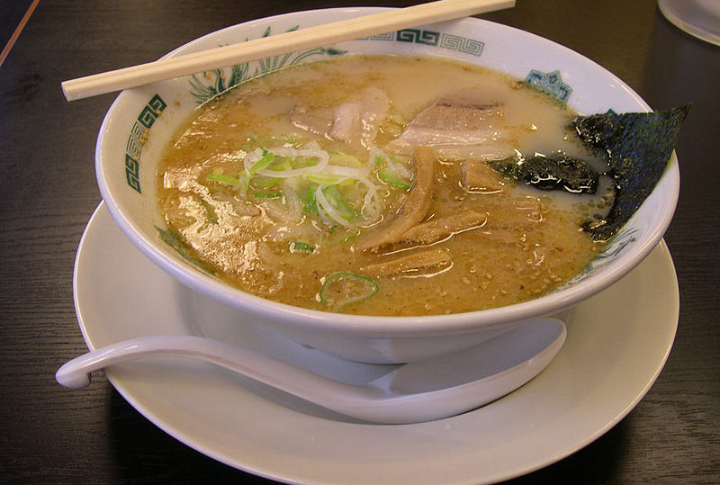
Tonkotsu Ramen originated in Kurume City, Fukuoka Prefecture, a region famous for its rich culinary traditions. Kyushu’s preference for pork-based broths stems from local cooking customs and the availability of pork, shaping the distinct flavor of this beloved dish.
Coq Au Vin (France)

Coq au Vin’s origins remain unclear, with legends linking it to ancient Gaul. Though not documented until the 20th century, it was likely a rustic dish long before. Now a staple in gourmet kitchens, the slow-cooked dish features tender chicken infused with deep, complex flavors from the reduced wine sauce.
Birria Tacos (Mexico)
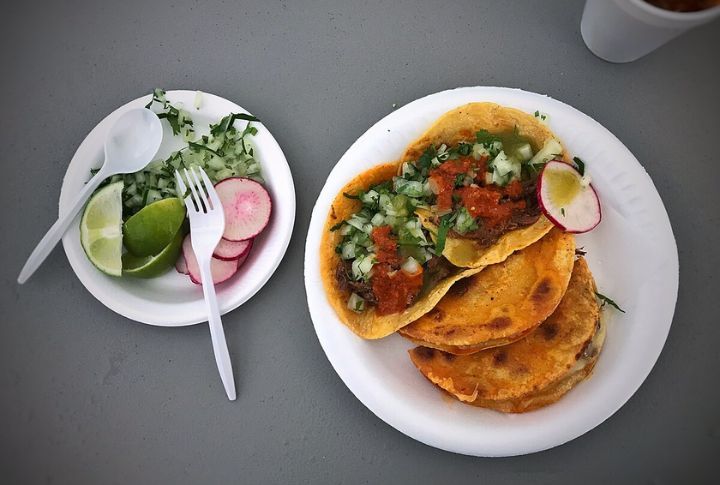
Today, birria tacos are a viral sensation, served with a side of consomme for dipping, offering an irresistible mix of crispy, juicy, and smoky flavors. In the past, Mexican farmers slow-cooked tough cuts of meat in rich, spiced broth, creating a meal that was both flavorful and economical.
Leave a comment